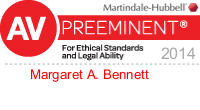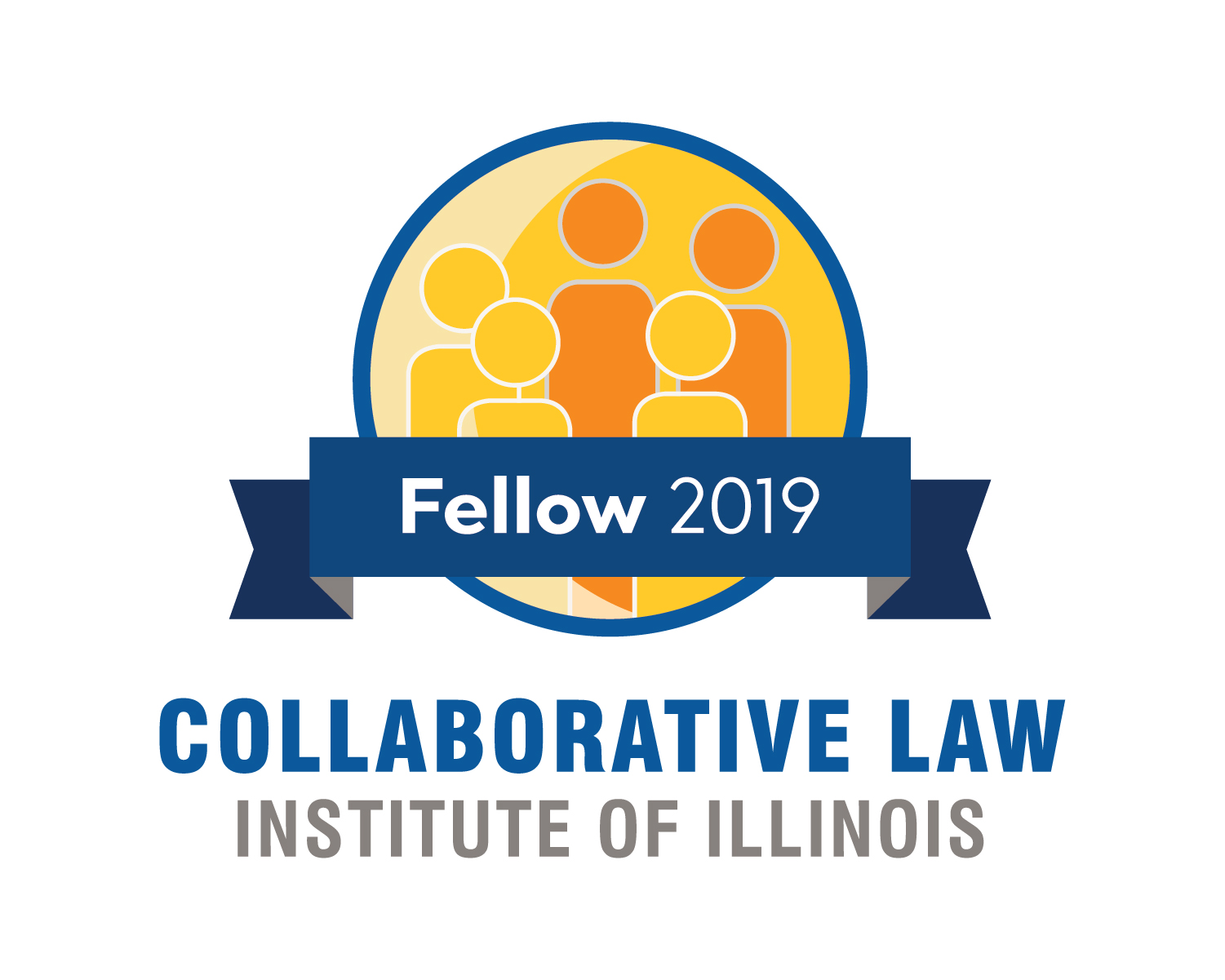What is the Collaborative Divorce Process?

Collaborative Law is a form of alternative dispute resolution. Each party of the Collaborative Divorce Process retains an attorney who is trained in Collaborative Law. As part of the family law service, the collaborative divorce attorneys assist the parties in resolving conflict using problem-solving strategies rather than adversarial approaches and litigation. A series of meetings with pre-planned agendas are scheduled that you and your spouse attend with your respective attorneys to work out a mutually acceptable Marital Settlement Agreement and parenting plan for your children prior to either party filing a Petition or appearing before a judge. Many divorcing couples have found that the Collaborative Divorce Process reduces the stress, cost and duration of divorce proceedings. The Collaborative Divorce Process also allows a divorcing couple to request that child specialists and financial professionals participate in the Collaborative Divorce conferences. Couples with a history of conflict may have difficulty communicating with each other, which is why the Collaborative Divorce Process can include divorce coaches who help manage the emotional struggles of divorce. A neutral financial analyst can also assist as needed, to help formulate a division of assets that will provide the best long-term outcome for both parties. For the Collaborative Divorce Process to work, the parties must be willing and able to discuss major issues such as:
- Child custody and joint custody.
- Visitation/parenting time.
- Child support and spousal maintenance/alimony.
- All aspects of property division.
- An agreement to make full disclosure of the marital and non-marital assets, income and liabilities.
How the Collaborative Divorce Process Works:
- Getting Started. Both parties retain a separate divorce lawyer that is specially trained in collaborative divorce law. The parties and their respective attorneys have a series of meetings and work together to come to a fair agreement without court intervention. If this is not possible and the case ends up having to go into litigation, the attorneys are disqualified from continuing the case and the parties would retain a new attorney to represent them in court.
- Making a commitment. In collaborative law, both parties are required to sign a contract which states that they will work together respectfully, honestly, and in good faith to resolve issues and reach agreements beneficial to everyone involved. Both parties also agree to provide full disclosure of all pertinent information and documentation, which goes a long way in helping the process go smoothly.
- Building the Team. In addition to the parties’ collaborative attorneys, other collaborative law professionals can be added to the team for assistance with financial issues, parenting issues or even emotional issues at the parties’ request. From financial advisors to coaches to child specialists, these specially trained resources are available to help the parties keep the process more efficient and effective.
- Negotiating a settlement. A series of meetings are scheduled between the parties and their respective attorneys to discuss the allocation of assets, support and child related issues, if applicable. A pre-planned agenda is created and circulated before each meeting. During the meetings, everyone strives to remain civil and respectful to one another, setting aside the tendency to blame. While each party’s attorney is an advocate for his or her client, both ensure that all voices are heard and all needs are considered.
- Moving forward. Once an agreement is reached, the attorneys create legally-binding documents to be entered with the court. This holds all parties accountable to the settlement terms and leads to the finalization of the divorce. One of the benefits of collaborative law is that the parties have created the agreement themselves, so they are more likely to abide by it.
- Finalization “prove-up” hearing in Court. One of the parties’ attorneys will file a Petition for Dissolution of Marriage with the Court, and set the matter for a final “prove-up” hearing. Both parties will need to go to Court and appear before the Judge with their respective attorney to “prove-up” the grounds of the divorce, and request that the Judge enter the Judgment for Dissolution of Marriage. This is the day that the divorce will be finalized (the date of divorce).
Ready to talk? Contact our firm to schedule a consultation with Margaret Bennett so she can answer all of your questions about the Collaborative Law Process and whether it may be right for you.




